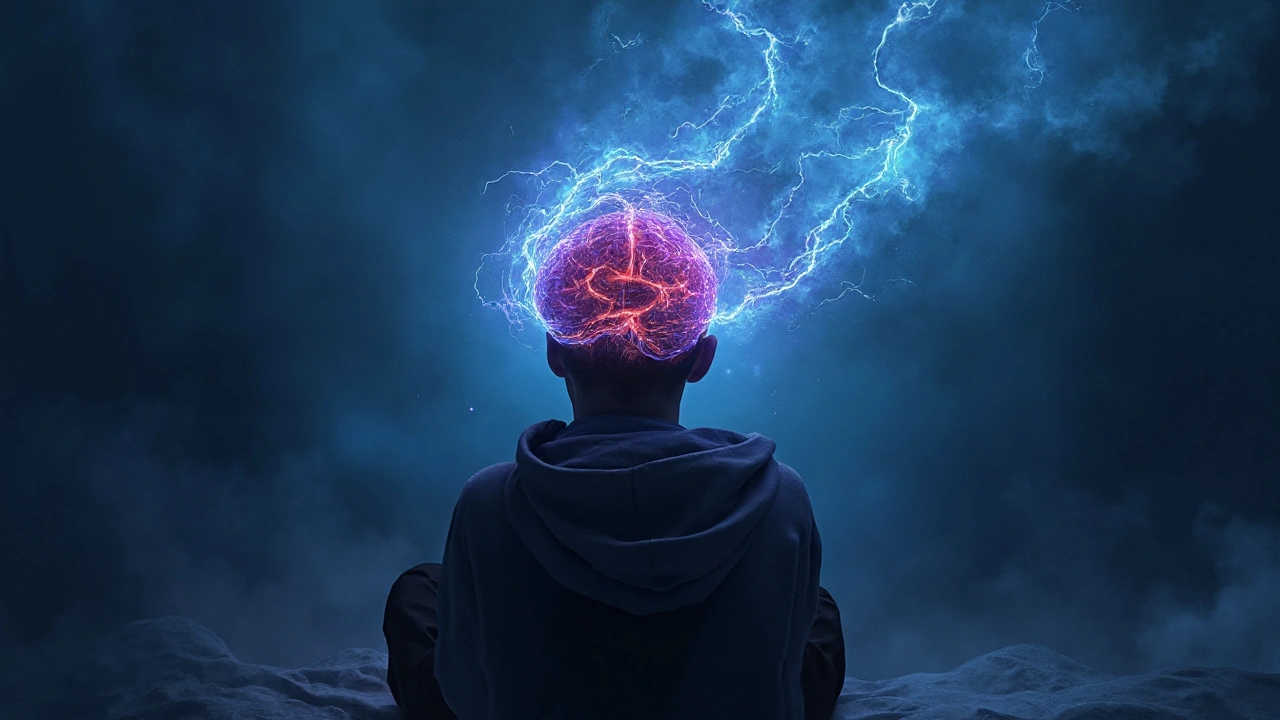Migraine and Seizures: What You Should Know
Ever wonder why a pounding headache can feel like a mini‑storm in your brain? For some people, migraine and seizures share warning signs, triggers, and even treatment options. Knowing the overlap can save you from unnecessary panic and help you act fast when things get intense.
How the Two Conditions Look Similar
Both migraine and seizures can start with visual disturbances – flashing lights, zig‑zag patterns, or a sudden loss of vision. You might also feel tingling in your hands, dizziness, or nausea. The big difference is how long they last: migraine aura usually fades in 20‑30 minutes, while a seizure can last seconds to a few minutes.
If you’ve ever had a migraine that turned into a brief loss of consciousness, you might be experiencing a migraine‑triggered seizure, also called a "migrainous seizure." It’s rare, but it happens more often than you think, especially in people with a family history of epilepsy.
Common Triggers to Watch
Skipping meals, dehydration, and lack of sleep are classic migraine culprits, and they can also lower the seizure threshold. Bright or flickering lights, loud noises, and strong smells are double‑edged triggers too. Keep a simple diary: note what you ate, your stress level, and any sensory exposure before an episode. Patterns pop up fast.
Caffeine is a tricky one. A morning cup might stop a headache, but too much later in the day can provoke both migraine and seizure activity. Aim for moderate, consistent intake and avoid sudden spikes.
Stress management isn’t just for mental health. Chronic stress releases hormones that irritate brain pathways, making both attacks more likely. Simple habits like a 5‑minute breathing break or a short walk can keep the nervous system calmer.
When to Seek Medical Help
If a headache comes with confusion, slurred speech, or one‑sided weakness, call emergency services immediately – those are classic seizure signs. The same goes for a migraine that lasts longer than 72 hours or gets progressively worse despite medication.
Regular check‑ups are key. A neurologist can run an EEG or MRI to see if you have underlying epilepsy. They can also prescribe preventive meds that work for both conditions, such as certain anti‑convulsants like topiramate.
Never self‑diagnose based on a single episode. A single migraine or a single seizure doesn’t define a chronic condition, but repeated events deserve professional evaluation.
Everyday Strategies to Reduce Risk
Stay hydrated – aim for at least eight glasses of water a day. Eat balanced meals at regular intervals; a protein‑rich snack can stabilize blood sugar and calm brain activity.
Maintain a consistent sleep schedule. Going to bed and waking up at the same time each day helps regulate the brain’s electrical rhythms.
Limit screen time, especially before bed. Bright screens can trigger aura and disrupt sleep, both of which increase seizure risk.
Consider a low‑dose magnesium supplement if you get frequent migraines. Some studies show it can also lower seizure susceptibility, but talk to your doctor first.
Finally, keep your emergency meds handy. If your doctor prescribed a rescue medication for seizures or a fast‑acting migraine drug, store it where you can reach it quickly.
Understanding the overlap between migraine and seizures turns confusion into control. By tracking triggers, staying hydrated, and getting professional guidance, you can reduce the frequency and severity of both. Stay aware, stay prepared, and give your brain the support it needs.
Exploring the Link Between Migraines and Tonic-Clonic Seizures

An in‑depth look at how migraines may be connected to tonic‑clonic seizures, covering shared mechanisms, diagnosis, treatment and future research.
